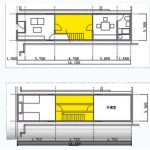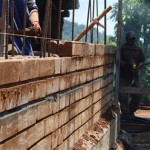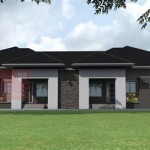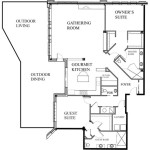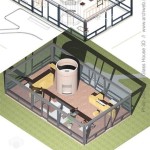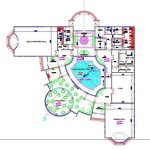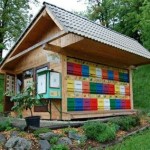Elevation Design: A Comprehensive Guide for House Plan Perfection
An elevation design is a critical aspect of house planning as it determines the overall visual appeal and functionality of your home. It's a two-dimensional representation of the exterior walls of a building, showcasing its height, width, and depth from various angles (front, back, and sides). Understanding the essential components of elevation design is crucial to creating a cohesive and aesthetically pleasing home.
1. Lines and Forms
Lines and forms are the building blocks of elevation design. They create a visual framework for the house and can convey different moods and emotions. Horizontal lines evoke a sense of stability and calm, while vertical lines add height and boldness. Organic forms, such as curves and arches, bring fluidity and visual interest.
2. Symmetry and Proportion
Symmetry and proportion play a significant role in creating a harmonious elevation design. Symmetrical designs exude a sense of balance and formality, while asymmetrical designs offer a more contemporary and dynamic look. Proportion refers to the relationship between the sizes of different elements within the elevation, and it's essential to ensure they are in harmony with each other.
3. Roofline
The roofline is a prominent feature that can significantly impact the overall appearance of the house. A variety of roof styles are available, including gable, hip, flat, and mansard. Each style has its unique characteristics and can complement different architectural styles.
4. Windows and Doors
Windows and doors are not only functional elements but also essential design features. They provide natural light and ventilation while adding visual interest to the elevation. The size, shape, and placement of windows and doors should be carefully considered to enhance the aesthetic appeal and functionality of the home.
5. Materials and Textures
The materials and textures used in the elevation design contribute to the overall character and style of the house. Brick, stone, wood, and stucco are common exterior materials, each with its unique texture and color. Combining different materials and textures can create visual depth and interest.
6. Landscaping
Landscaping plays a vital role in complementing the elevation design. It can frame the house, soften harsh lines, and enhance the overall curb appeal. Consider planting trees, shrubs, and flowers to create a harmonious relationship between the house and its surroundings.
7. Color Scheme
Color is a powerful design element that can evoke different emotions and set the tone for the home. The color scheme should be carefully selected to complement the architectural style and materials used. Neutral colors, such as white, gray, and beige, are timeless and versatile, while bolder colors can add a touch of personality and drama.
Creating a well-executed elevation design requires careful planning and consideration of various factors. By understanding the essential aspects discussed above, you can achieve a cohesive and visually appealing house plan that meets your functional and aesthetic needs.

33x50 Modern House Plan And Elevation Duplex Design Building Plans Designs Floor

Redesigning The Front Of A House To Improve Curb Appeal

Designing Elevations Life Of An Architect

20x52 6 Residential Dream House With Its Floor Plan And Elevation Small Design Exterior Architect Minimal

Building Front Elevation Design At Rs 5 Height X Width In Haridwar

Floor Plan Elevation Sample House Plans Building

30x65 South Facing Triplex House Plan And Elevation Design Hp1050

3d Elevation Designers In Bangalore Get Modern House Designs

Anvard Luxury Narrow Lot Villa Sater Design Collection House Plans

Latest 40 Single Floor House Front Elevation Designs For Small Houses Ground Home

